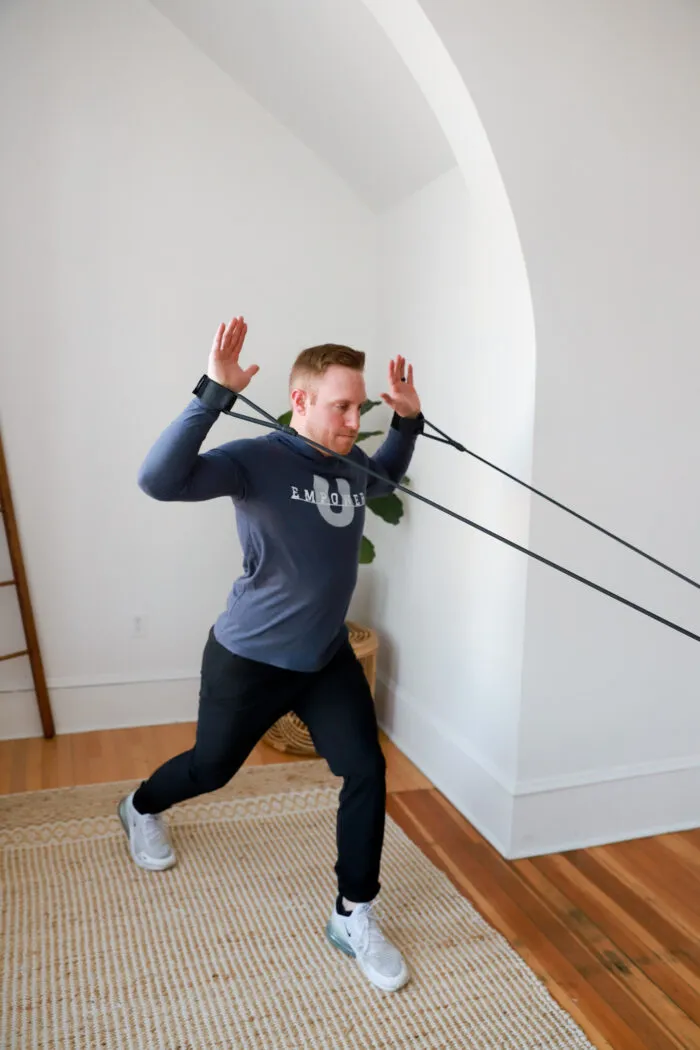How do we outdrive our friends off of the tee box?
Master the sequence. Period. That is your answer but continue reading.
What I can say, I am a medical professional who has been lucky to work with a ton of golfers and am very passionate about the sport. It is important to clarify, however, that I am not a club pro or PGA professional. You are not going to find anything here about strengthening or weakening your grip, certain technical changes to the golf swing, or different swinging/contact drills. I will leave that to the golf professionals. What you will find is that there is an optimal way to rotate the human body, which will maximize club head speed, which should translate to more ball speed, and therefore give us that booming distance off the tee that we are looking for. How we help you do this is what we refer to as performance physical therapy. Believe it or not, any sport that involves rotation (golf, quarterbacks, baseball, volleyball, tennis), is very similar from the chest down. There is utilization from the ground, through the legs, into the torso, down the arms, through the club.
I stand in line with the Titleist Performance Institute (TPI) with saying, there are infinite number of ways to swing a golf club. Let me say that again, there are infinite number of ways to swing a golf club. However, there are certain positions and sequencing that I look for, that must happen for somebody to be able to optimize their rotation and power.
What do I mean by sequencing? It is called the kinematic sequence. To put it simply, this is the way to sequence our body to efficiently rotate and should maximize power. It’s looking at 4 parts; the pelvis, thorax, arms, and club, and they are supposed to be sequenced in that order. On top of being in order, there should be a certain timing to maximize the stretch response of connecting muscles and leading to faster speeds and further distances.
This article (Walker, 2017) explains very well what the sequence is, and shows the difference between the average golfer compared to professionals. Clearly, the pro players have much cleaner sequencing, however it doesn’t mean that the person playing in the member-guest tournament can’t have this same sequence.
As simple as this sequence sounds, there are many deviations that can make that sequencing difficult. To put it simply, there is a range of motion restriction in the hips, spine, or shoulder. There are many different avenues we need to go down from there to help get rid of the restriction even if it is just a range of motion issue. However, there are instability issues, neuromuscular control issues, or weaknesses that can lead to something hurting or making it difficult to achieve this sequence.
When there is a limitation in range of motion, lack of neuromuscular control, OR (and most importantly) pain, it is important to seek the expertise of a performance physical therapist and how it is related to your golf swing. There are likely corrective exercises, manual therapy, and neuromuscular education that is needed to correct the issue.
The sequencing is only the first part if someone has the ability to get to certain positions. This is the first blog post for golf for a reason. This is the order we are all trying to be able to perform. Stay tuned for coming blogs to take a deeper dive into HOW to maximize power, and how limitations in key areas are going to limit us from getting into that sequence.
The time is coming everyone. The time of warm sunny days, getting out the clubs, and hitting bombs. If you want support in your golf swing or movement mechanics, request an appointment here with one of our performance physical therapists.
Reference:
Walker, C. (2017, February 17). Understanding the kinematic sequence W/ dr Phil Cheetham. Golf Science Lab.


